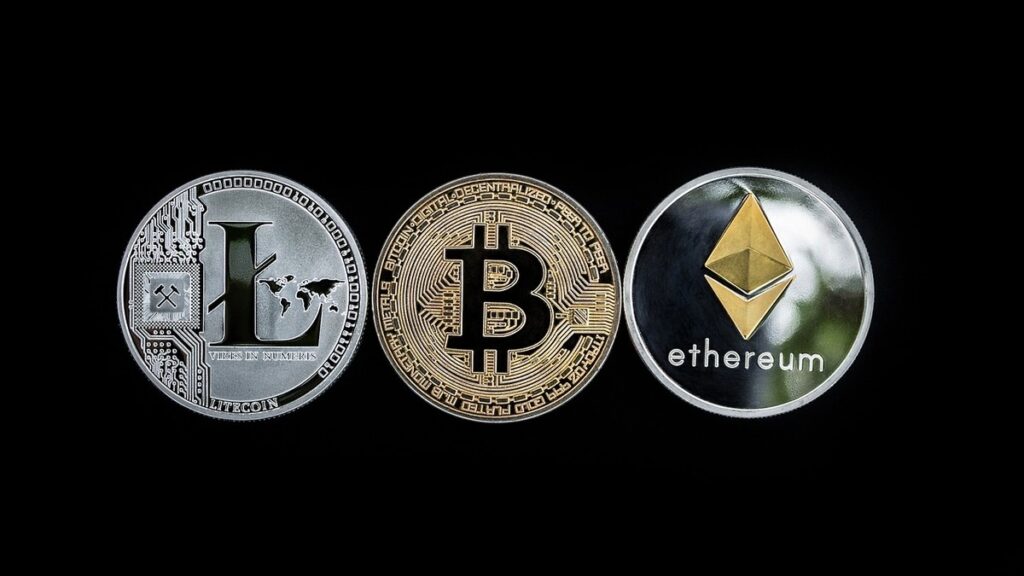As a crypto investor, staking cryptocurrency should be something you’ve heard about. While some investors generate additional assets by mining, many focus on the alternative option of crypto staking. Staking has been a way in which crypto investors put their digital assets to work and earn passive income without selling them.
Read on to learn everything you need to know about staking.
What Is Staking?
Staking cryptocurrency means locking up or delegating your crypto assets over some time to endorse a blockchain network and validate transactions. In return, you get rewarded in the form of tokens or coins, and this is a very good way to use your crypto to yield passive income.
Staking is similar to putting your money into a savings account for a while, and in the long run, it starts yielding interest. The bank uses your money to make more and shares the profits with you as interest. This also happens in the crypto world. The blockchain network uses the digital assets you staked for support.
How Crypto Staking Works
Cryptocurrencies with the proof-of-stake consensus mechanism allow staking. This is the way new blocks of data are added to the blockchain network and how eligible partakers are selected. The partakers, known as validators, are made to buy and delegate a certain number of their tokens.
The network detects any sign of dishonesty which may result in the loss of tokens. The honesty of the validators is rewarded using the native token. Well, usually, the rewards are in the same cryptocurrency used to stake, but some blockchains offer a different type of cryptocurrency as a reward. Getting new blocks and rewards depends on the stake. The bigger the stake, the larger the reward. Also, a larger stake raises your chances of being selected as a validator.
Each blockchain has its own rule for staking as a validator. For instance, the Ethereum blockchain requirement is at least 32ETH, which is about $45,000 as of September 2022. The stake doesn’t have to be only one person’s tokens. The validator could raise coins by creating a staking pool with token holders. This encourages any holder to stake by delegating their tokens to validators who perform transaction validation on the blockchain.

What Is Proof-of-Stake?
Proof-of-stake is a consensus mechanism to authenticate new cryptocurrency transactions and produce new blocks in a blockchain. Blockchain technology and cryptocurrencies are decentralized; that is, there’s no central body to control and maintain transaction records. So, the network depends on the group of participants to validate new transactions and input them as new blocks on the chain.
This is where the proof-of-stake comes in. It helps to select the participants (known as validators) to handle this profitable task.
However, in the proof of work for certain cryptocurrencies, miners compete to solve a mathematical puzzle using high-computing resources just to add the next block to the chain. The probability of being chosen as a validator in that proof of stake relies on the number of coins you have.
Which Cryptocurrencies Can You Stake?
As mentioned earlier, staking is only possible with cryptocurrencies that use a proof of stake mechanism. The common cryptocurrencies are:
- Polkadot (DOT)
- Solana (SOL)
- Ethereum (ETH)
- Avalanche (AVAX)
- Cardano (ADA)
Pros of Staking
- Staking requires fewer resources than crypto mining.
- You get to earn extra tokens. Due to the random distribution of rewards and selection of participants to add new blocks, some stakers might not gain anything. But, they get to earn interest by staking.
- Voting rights and participation advantage. This is like owning stock in a company. Welch said, “By staking, you’re getting voting rights.”
- Staking also enhances the security and competence of the blockchain network you support. You make the blockchains invulnerable to attacks.
Disadvantages of Crypto Staking
Staking has its risks. There are things to be considered before staking.
- Crypto is volatile. The first thing to be considered before staking is the volatility of cryptocurrencies. It is an erratic investment. There is always a fluctuation in price. So, this is a very important thing to keep in mind.
- Avoid slashing. Staking outside an exchange could warrant some mistakes, and it could cost you to lose a part of your funds as a penalty. You must be careful to avoid those mistakes.
- Lock-up time. As everyone knows, staking involves holding up your funds for the time being. It could be for months or years; either way, you won’t be able to access your funds. Also, note that you cannot unstake your funds once you stake them.
Summary
Staking is a very profitable way for crypto investors to lock up their money and earn rewards and interest. As said earlier, it’s like acquiring a company’s stock and getting dividends. It is a good way to grow your account but do your research to avoid irrecoverable risks.
Press releases or guest posts published by Crypto Economy have sent by companies or their representatives. Crypto Economy is not part of any of these agencies, projects or platforms. At Crypto Economy we do not give investment advice and encourage our readers to do their own research









